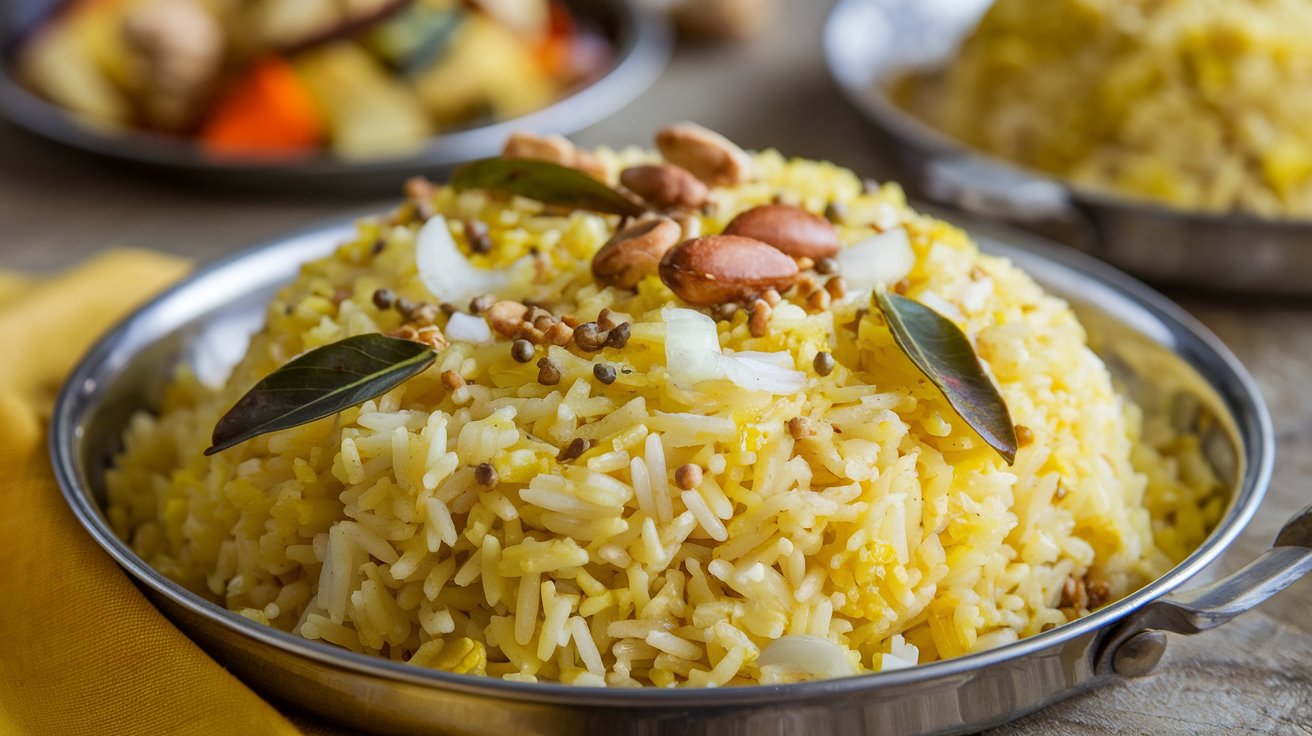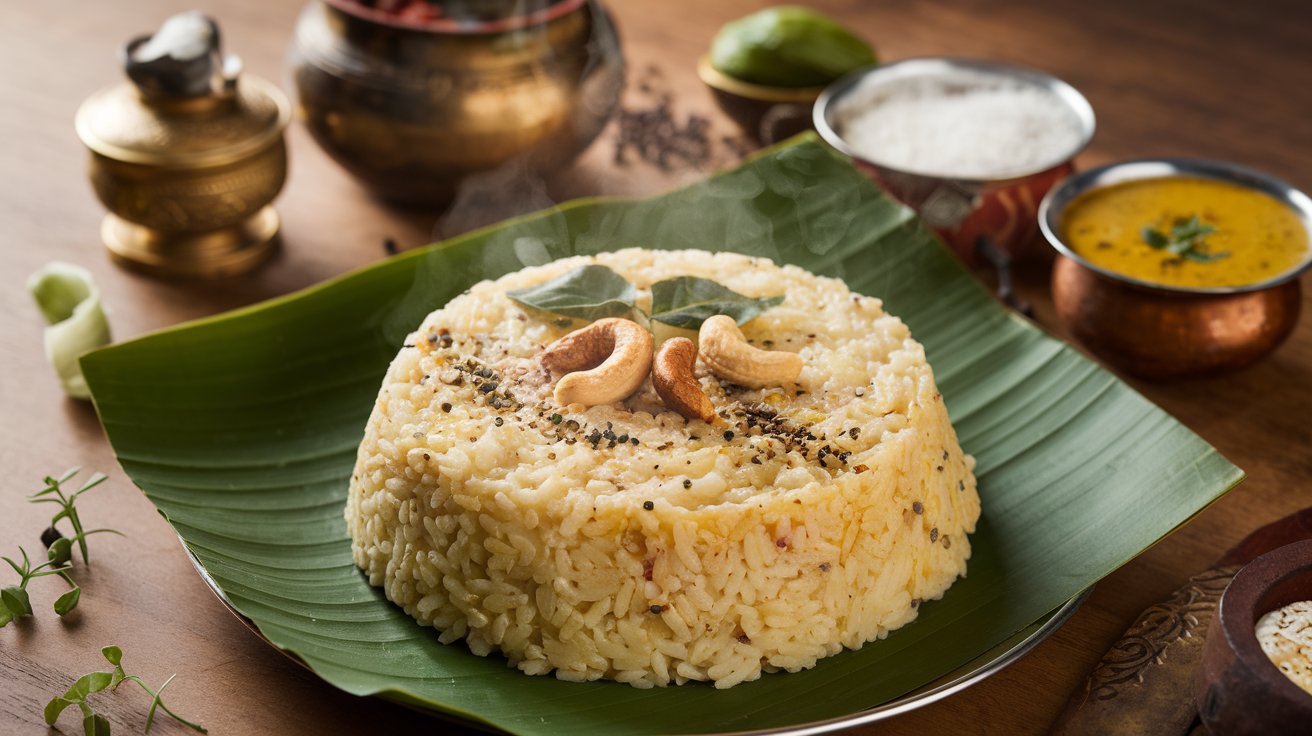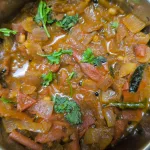

Join the Newsletter
Dive into quick, nutritious recipes, expert health tips, local food finds, and the latest in nutrition. Let’s explore healthier living together!
DIY French Fries: How to Create Restaurant-Quality Fries at Home
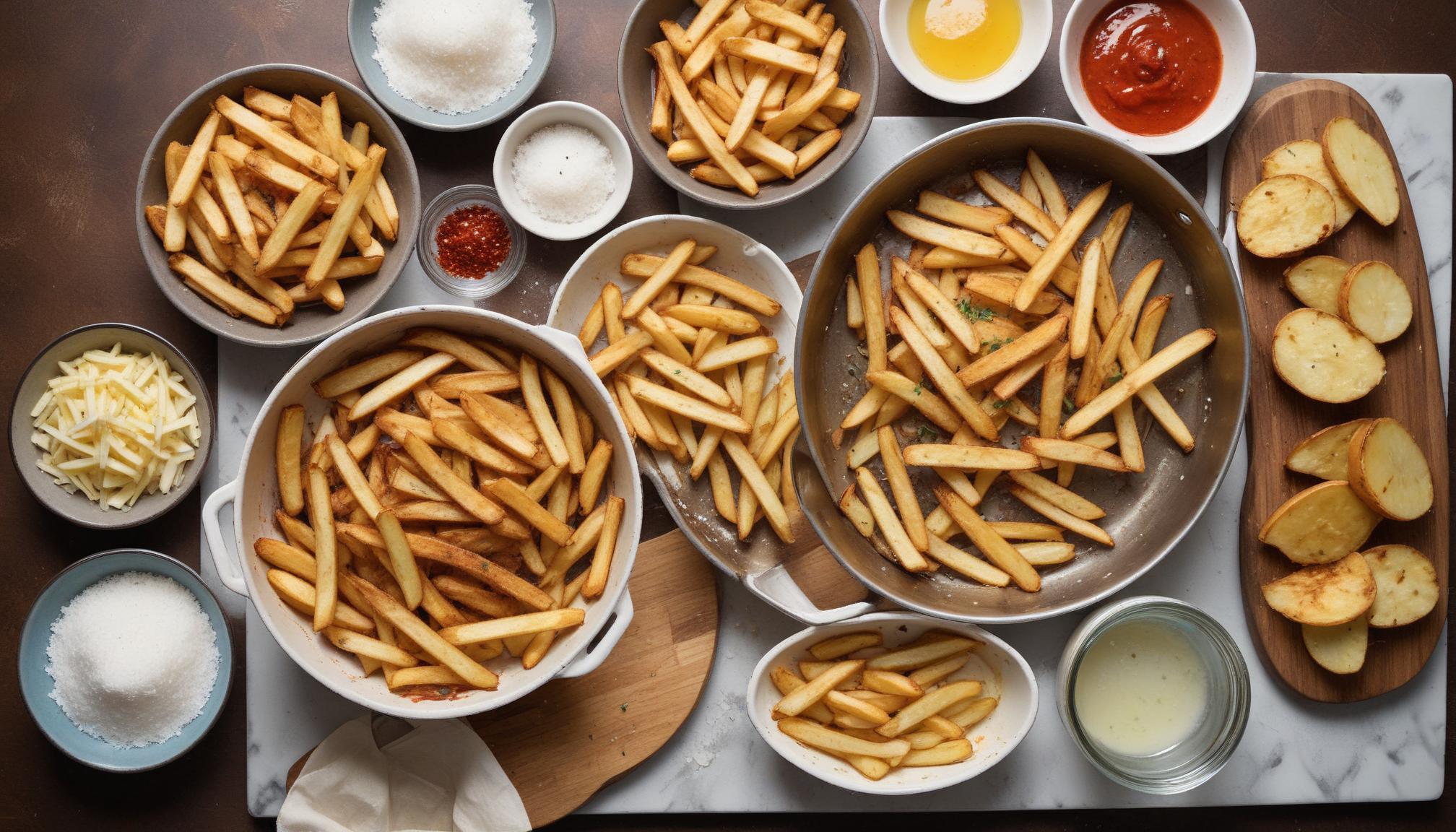
Affiliate Disclosure
Before reading this post, please be aware that some links in this article are affiliate links. This means that if you click on one of these links and make a purchase, we may earn a commission at no additional cost to you. We only promote products and services that we believe will be beneficial to our readers.
For more information, please read our full Affiliate Disclosure.
Who doesn’t love crispy, golden French fries? But let’s face it, getting that restaurant-quality crunch at home can sometimes feel impossible. The good news? With the right techniques, you can master making perfect fries from your kitchen. Here’s your ultimate guide to making DIY French fries that will make your taste buds sing.
Why Homemade French Fries Are Better
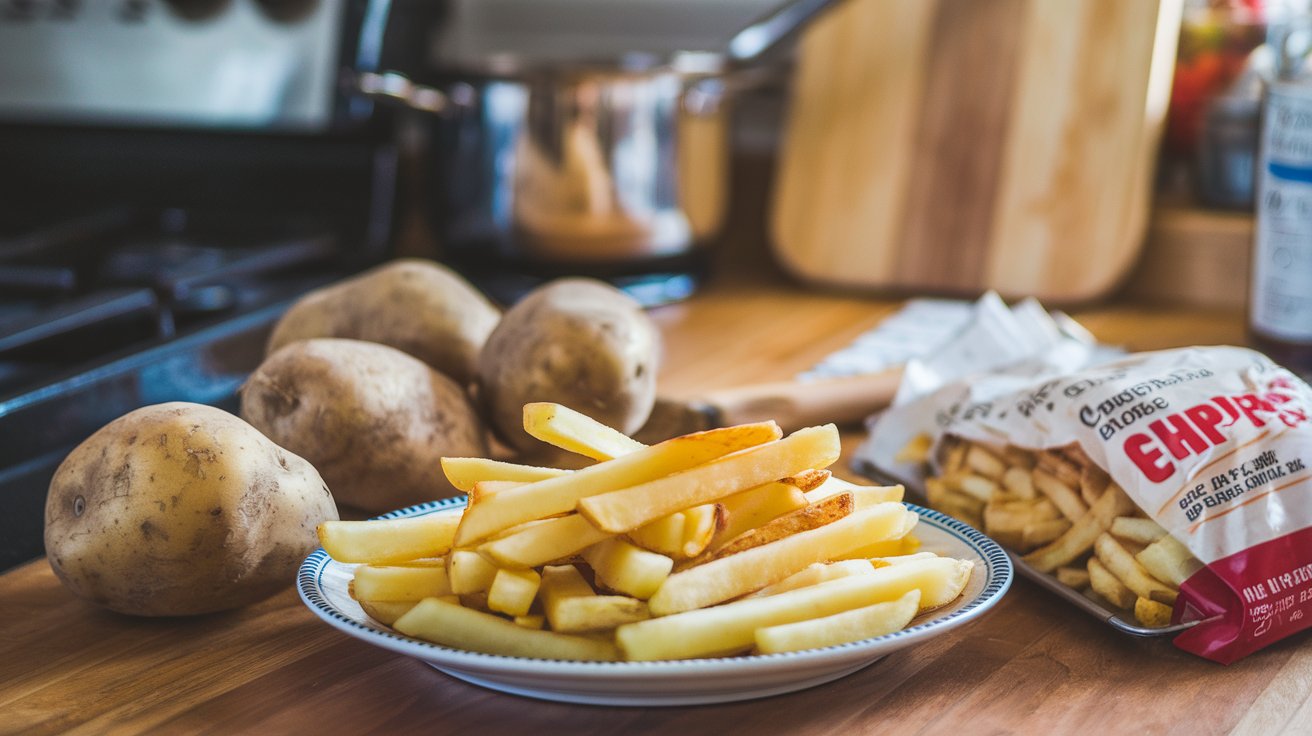
Homemade fries offer more control over the ingredients, oil, and seasoning. You get to decide how crispy or soft you want them, plus they’re fresher and healthier than many fast-food versions.
Choosing the Right Potatoes
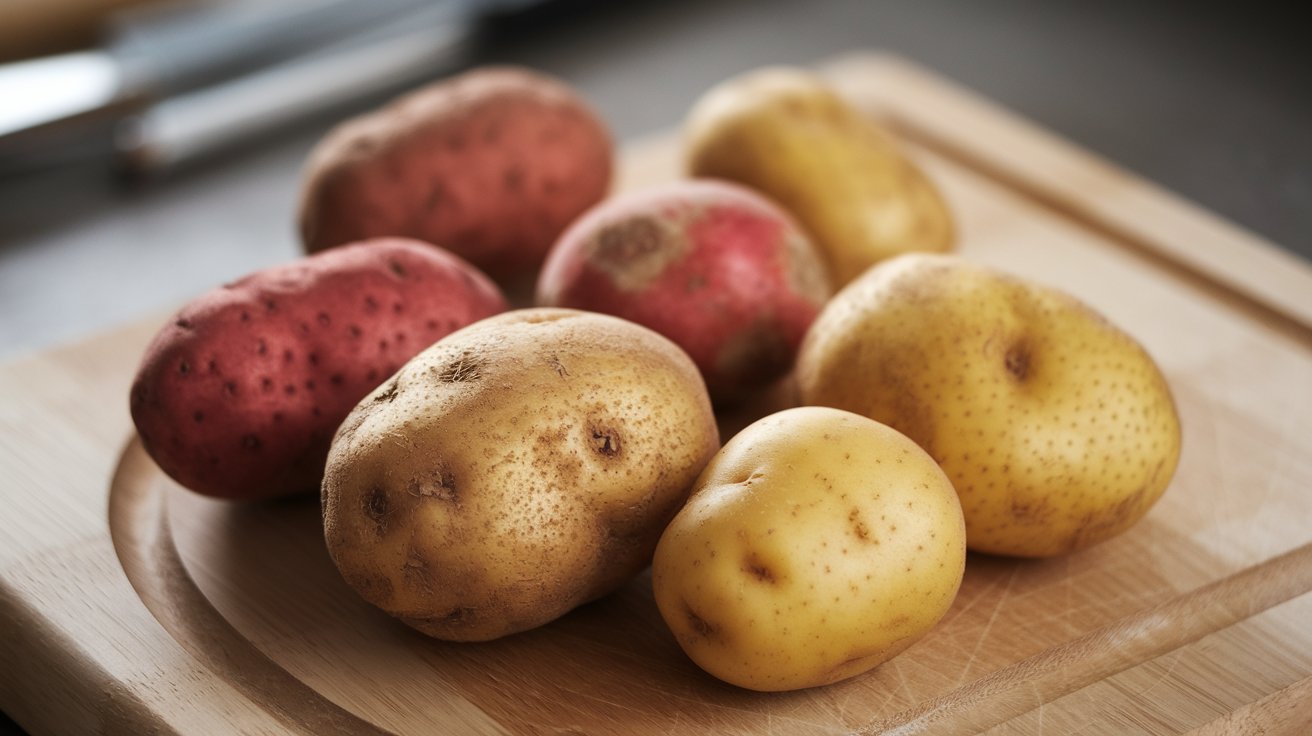
The first key to making amazing fries is picking the right potato. Not all potatoes are created equal, and some are definitely better for frying than others.
Best Potato Varieties for French Fries
- Russet Potatoes
Russet potatoes are the go-to choice for French fries. They have a high starch content and low moisture, which helps them crisp up beautifully when fried. - Yukon Gold Potatoes
These are another great option if you like a creamier texture. Yukon Golds hold their shape well and provide a rich, buttery flavor.
The Importance of Proper Cutting
Cutting the potatoes evenly is crucial for ensuring that they cook uniformly. Inconsistent cuts can lead to some fries being overcooked and others undercooked.
How to Cut French Fries Properly
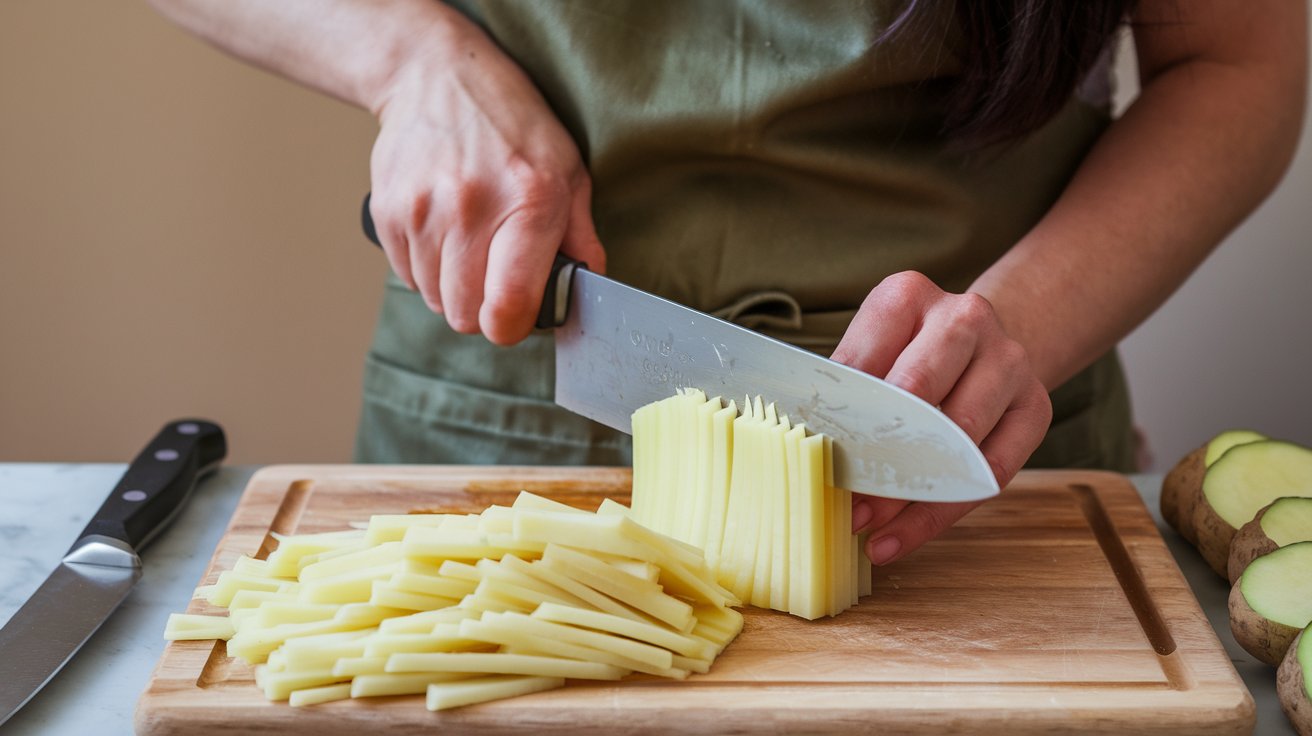
- Thickness and Consistency
Aim for fries that are about ¼ to ½ inch thick. This thickness gives you the perfect balance of a crispy exterior and a fluffy interior. - Use of Mandolin or Knife
You can use a sharp knife to cut the potatoes by hand, but for extra precision, a mandolin slicer will give you uniform fries every time.
Soaking the Potatoes
Soaking your potatoes before frying is a step you don’t want to skip. It helps to remove excess starch, which prevents the fries from sticking together and gives them that nice crunch.
Why Soaking Matters
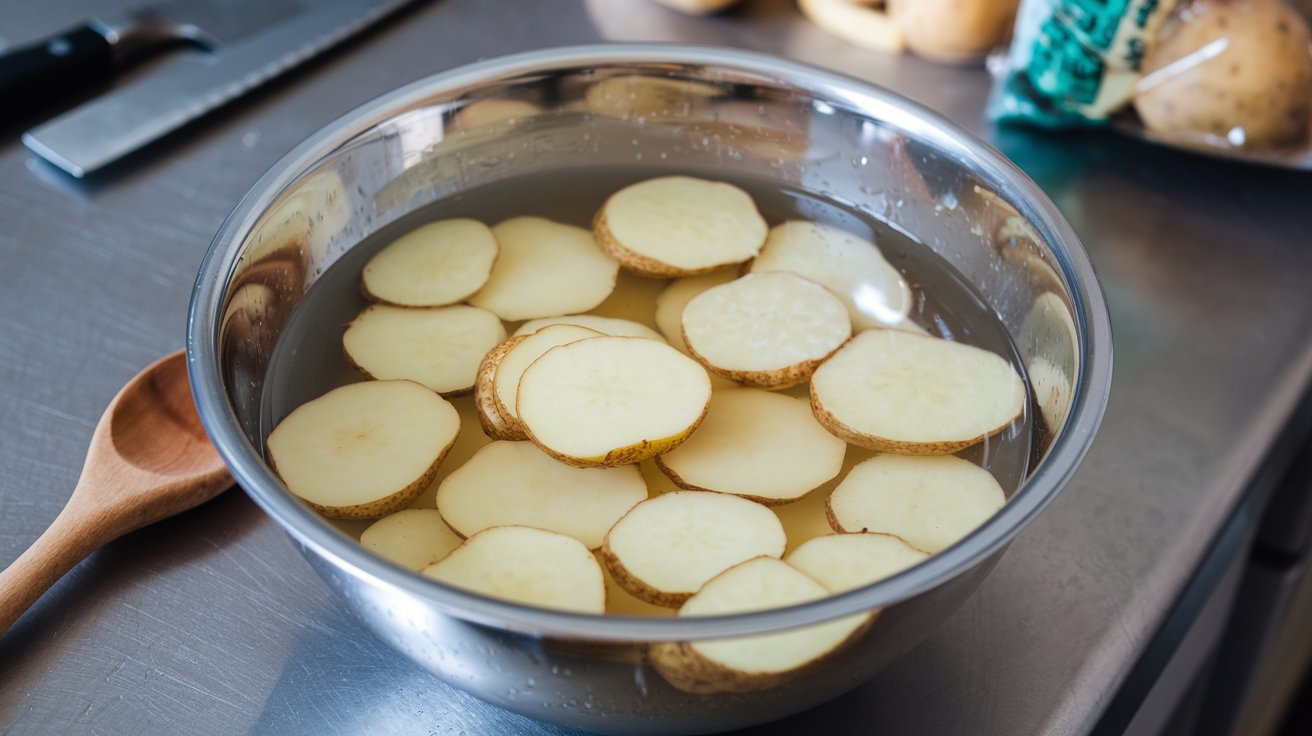
- Removing Excess Starch
Soaking the potatoes in cold water for at least 30 minutes helps get rid of some of the starch that would otherwise make your fries gummy. - Achieving Crispier Fries
The less starch on the surface of the potato, the crispier your fries will be when they come out of the fryer.
Drying the Potatoes
Once the potatoes have been soaked, ensure they are completely dried. Wet potatoes will cause the oil to splatter, and they won’t fry up crispy. Gently dry them with a fresh towel or paper towel.
Double-Frying Method: The Secret to Crispy French Fries
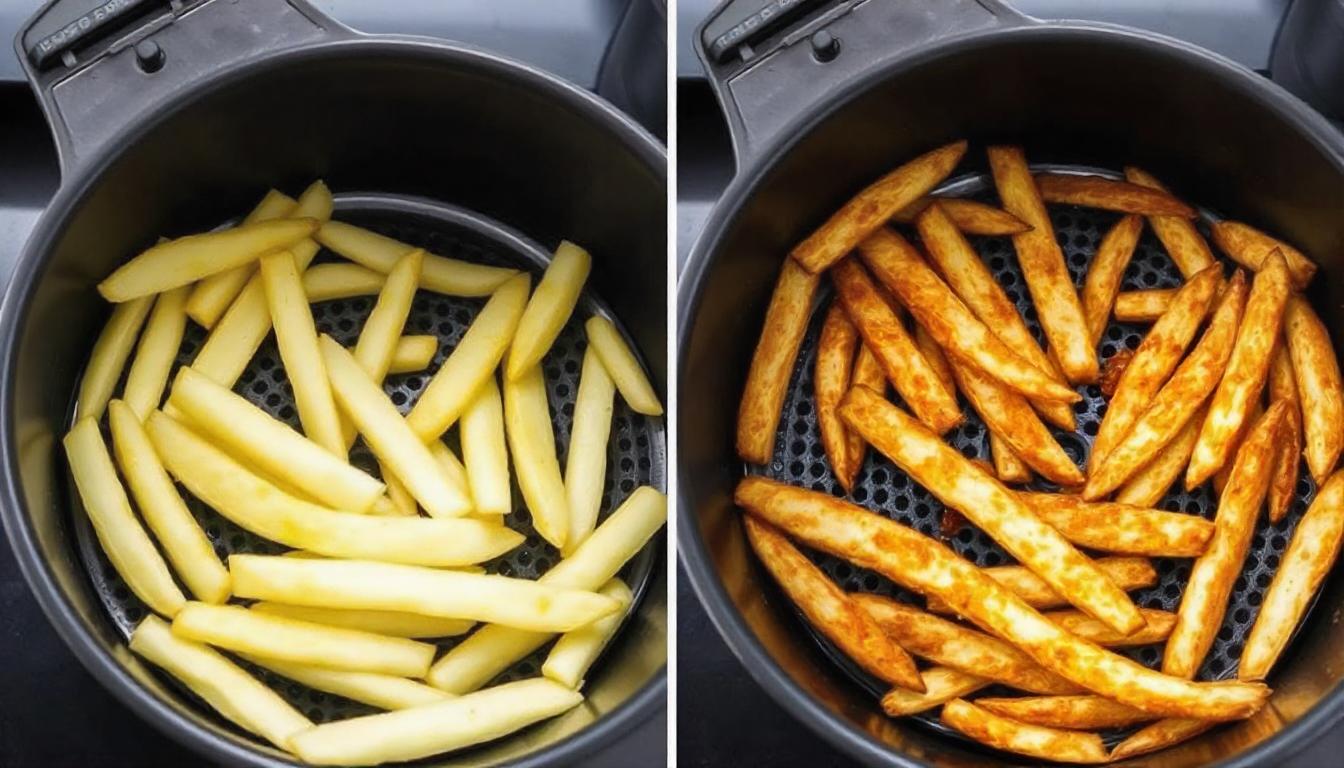
If you want fries that are perfectly crispy on the outside and fluffy on the inside, the double-frying method is the way to go.
Why Double Frying is Important
Double frying ensures that the fries are cooked through in the first round and then crisped up in the second.
- The First Fry: Low Temperature
Fry the potatoes at 325°F for about 5 minutes. This initial fry cooks them without browning. - The Second Fry: High Temperature
Increase the temperature to 375°F and fry the potatoes again for 3-4 minutes until golden brown.
Choosing the Right Oil
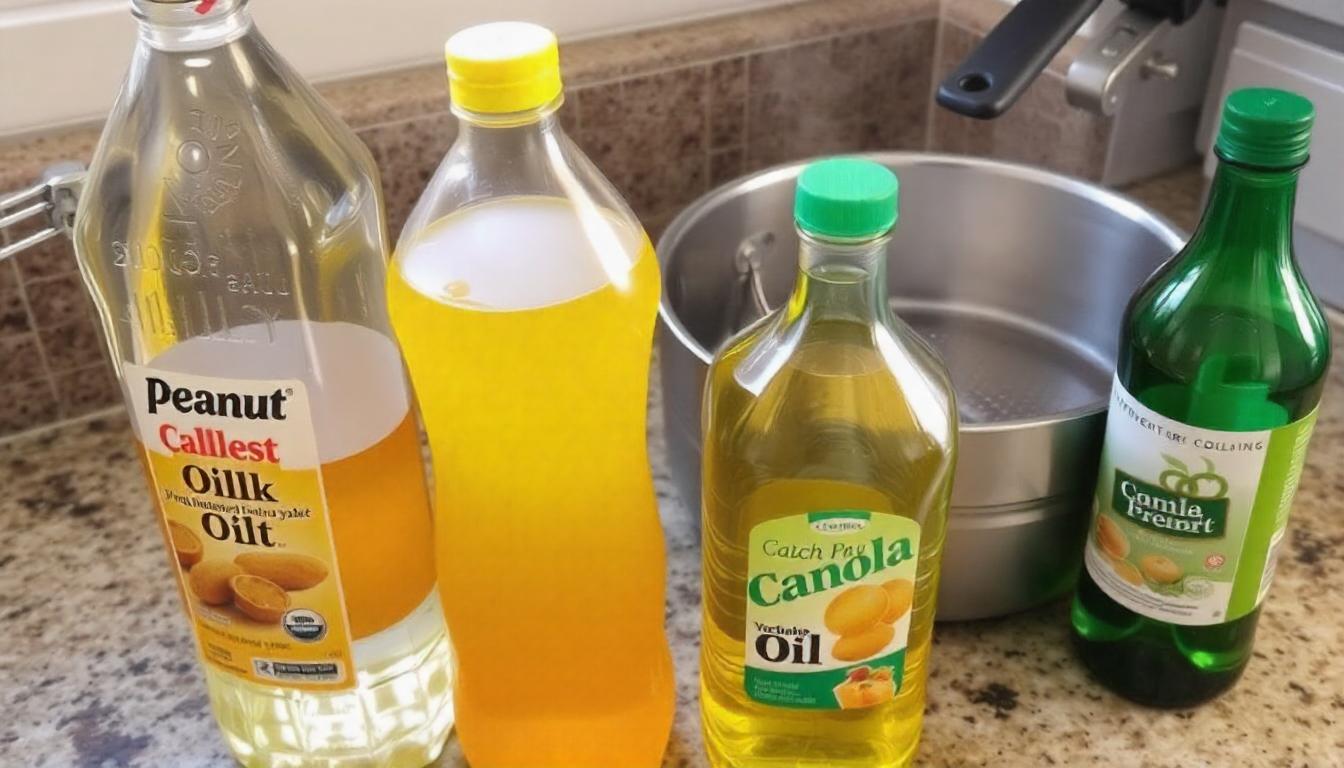
The type of oil you use can greatly affect the flavor and texture of your fries. Not every type of oil is appropriate for use in deep frying.
Best Oils for Frying French Fries
- Peanut Oil
Peanut oil is ideal for frying due to its elevated smoke point and imparts a delicate nutty taste. - Vegetable Oil
A common household choice, vegetable oil is neutral in flavor and works well for frying. - Canola Oil
Canola oil is another neutral option and has a slightly lower smoke point than peanut oil, but it’s still a solid choice.
Temperature Control While Frying
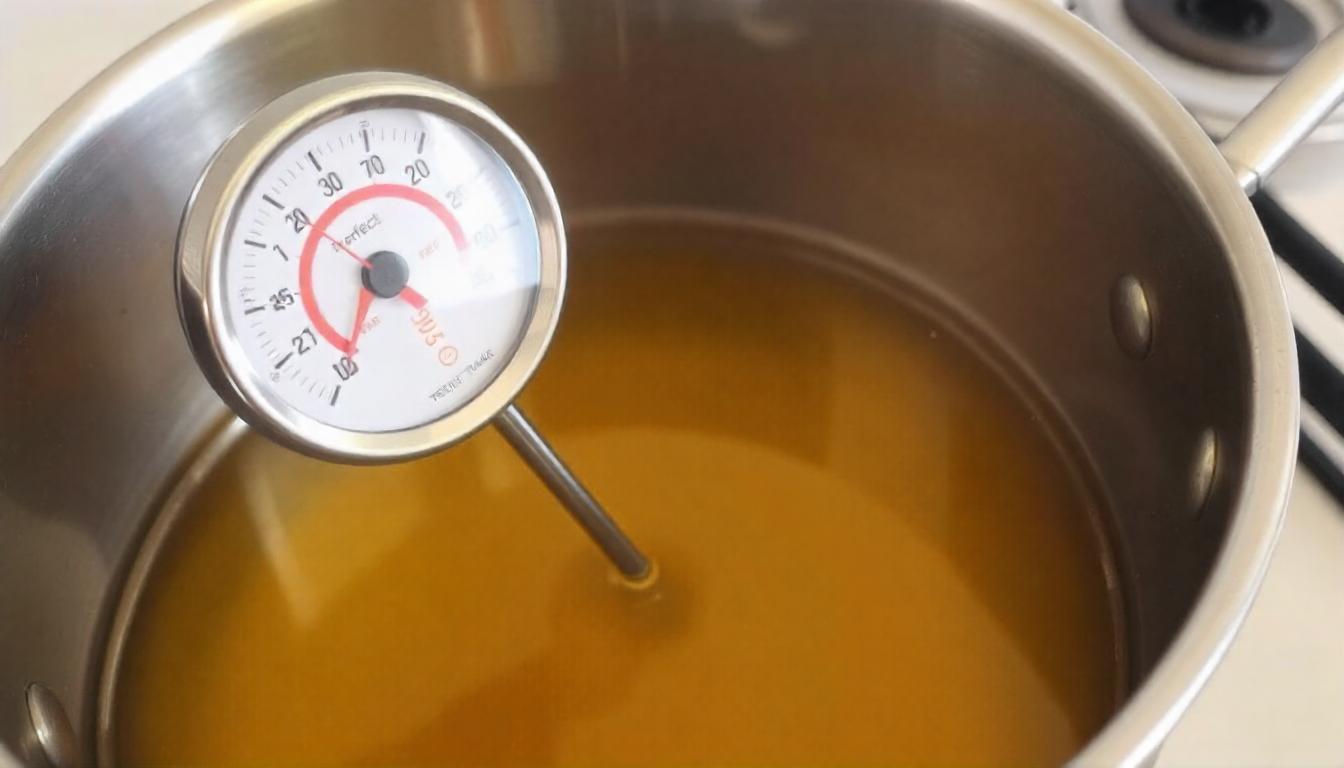
To achieve perfectly cooked fries, maintaining the right oil temperature is crucial.
The Ideal Frying Temperature
Keep the oil between 325°F and 375°F. Too hot, and the fries will burn on the outside before cooking through. If the temperature is too low, they will soak up excess oil and turn out greasy.
- How to Use a Thermometer
A kitchen thermometer helps keep track of the oil temperature, ensuring consistent results. - Managing Heat Fluctuations
Fry in small batches to prevent the oil from cooling down too much.
Seasoning Your French Fries
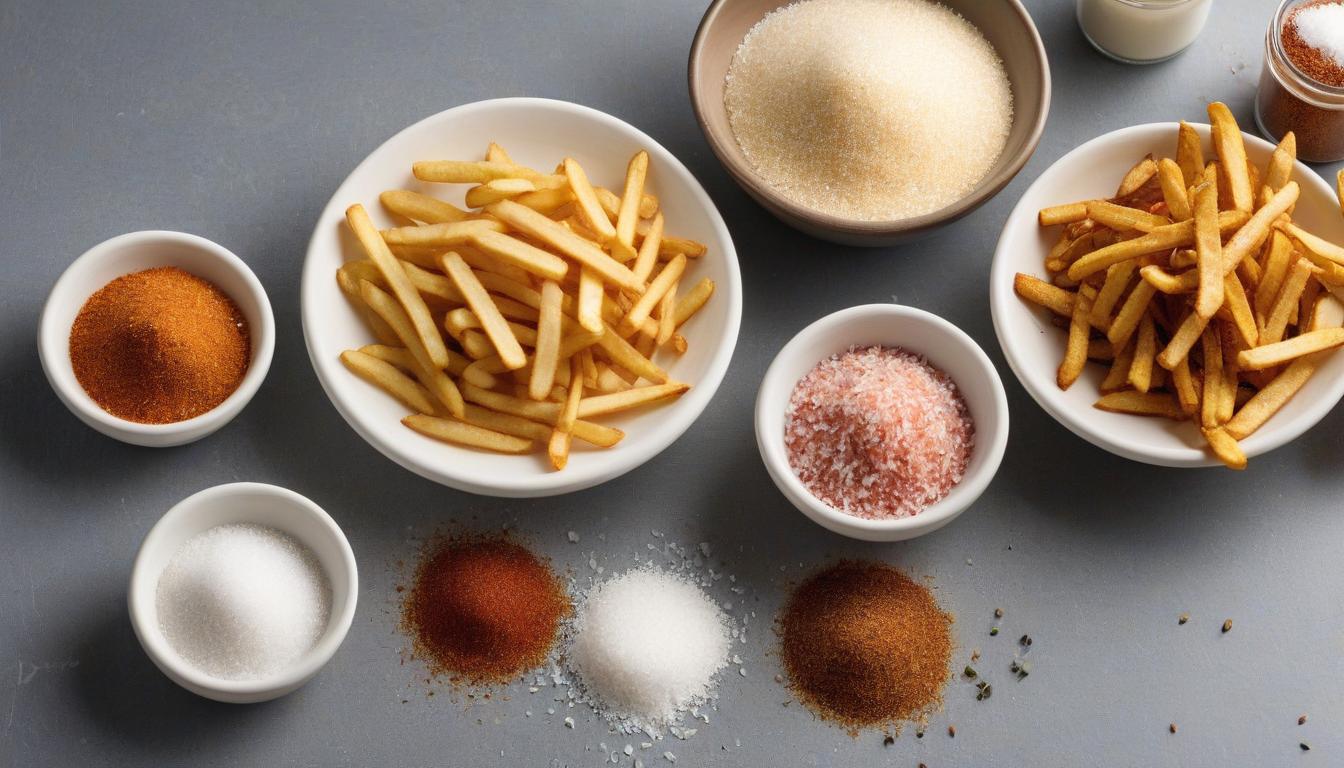
The moment your fries come out of the fryer, season them. Adding seasoning while they’re still hot helps the flavors stick better.
Simple Salt or Fancy Flavors
- Classic Sea Salt
A sprinkle of sea salt is a classic choice for French fries. - Garlic Parmesan
Toss your fries with grated Parmesan and minced garlic for an elevated flavor. - Cajun Spice
For a kick, try seasoning with a mix of paprika, cayenne pepper, and garlic powder.
Serving French Fries: Presentation Tips
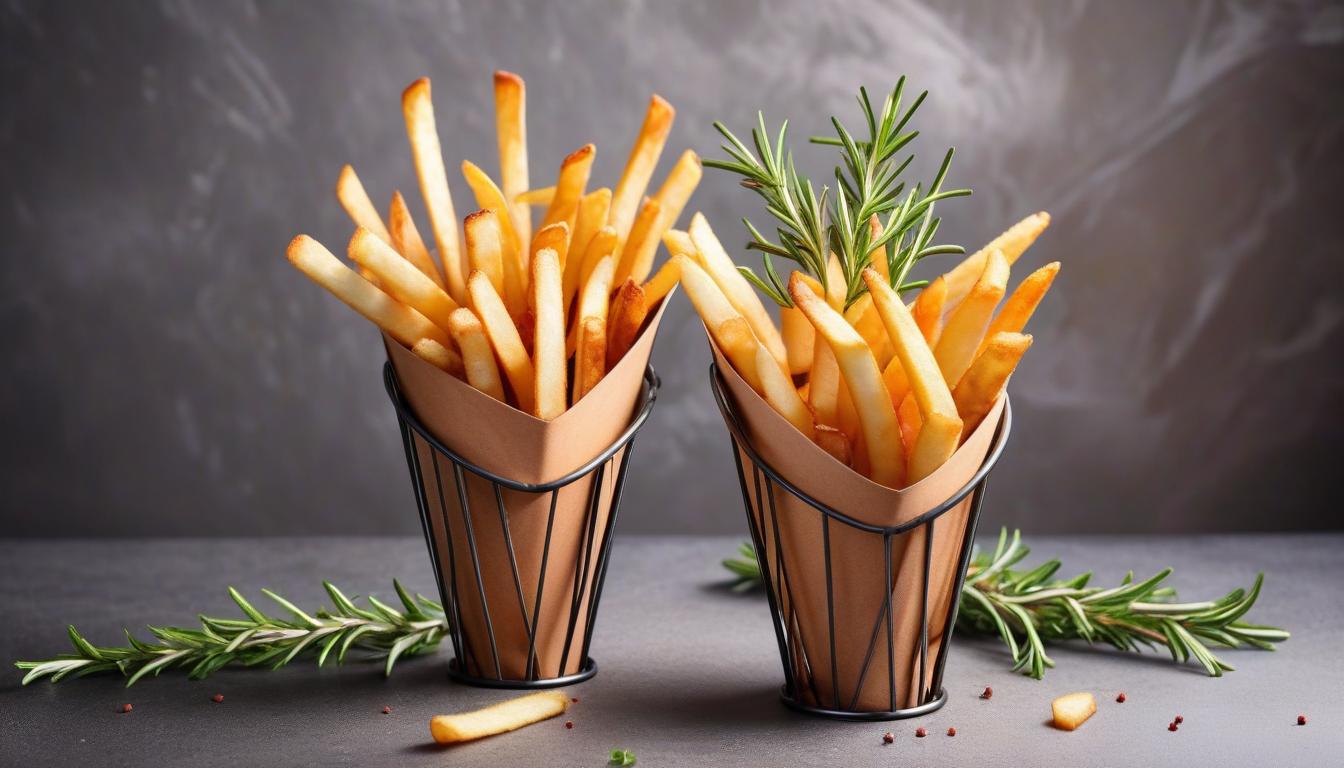
Serve your fries in a fun way! Try a cone or basket for that restaurant-style look. Add fresh herbs like rosemary or parsley for extra flair.
Dipping Sauces for Homemade French Fries
Fries are great on their own, but dipping sauces take them to the next level.
Classic Ketchup
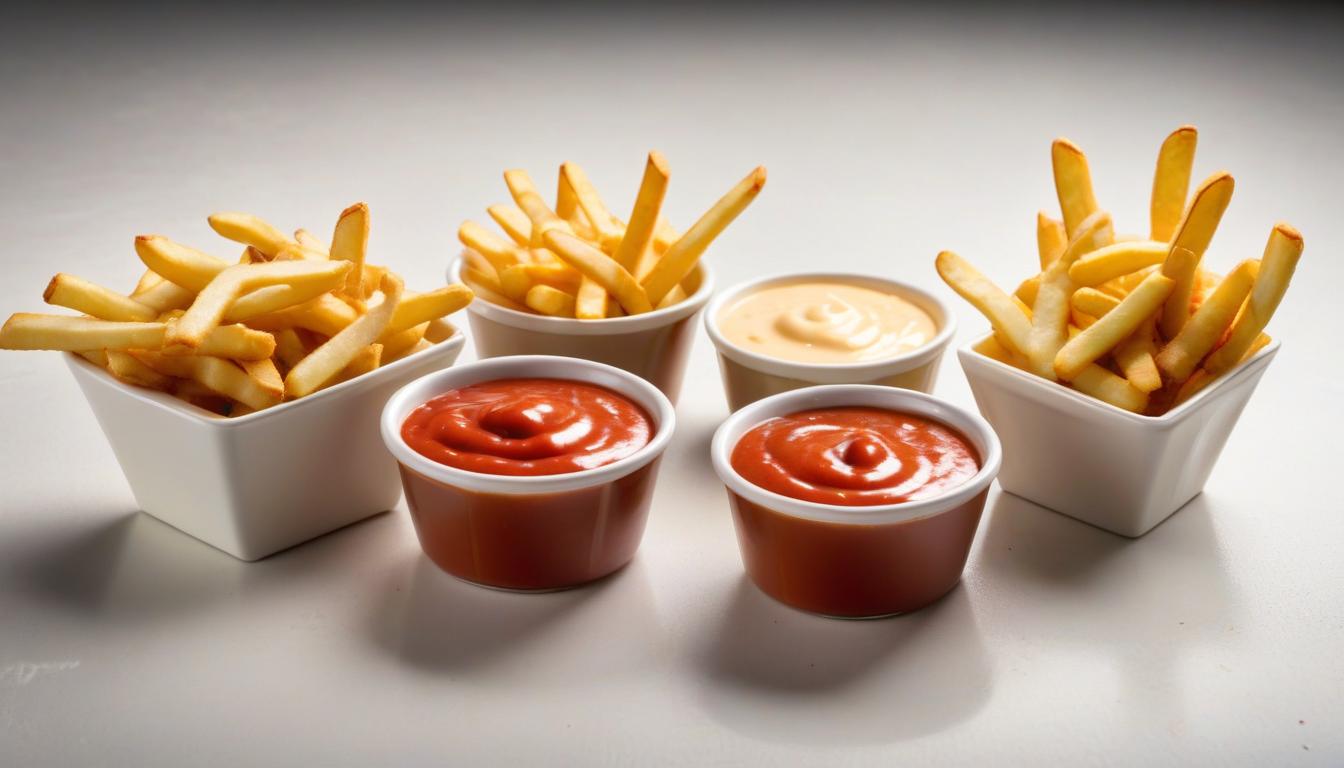
You can’t go wrong with ketchup. There’s a reason this combination is a timeless favorite.
- Aioli
For something more gourmet, try a garlic aioli. It’s creamy, tangy, and absolutely delicious. - Spicy Mayo
Mix mayonnaise with a dash of hot sauce for a zesty dipping sauce. - Cheese Sauce
Who doesn’t love cheesy fries? A creamy cheese sauce is perfect for indulgent snacking.
Avoiding Common Mistakes
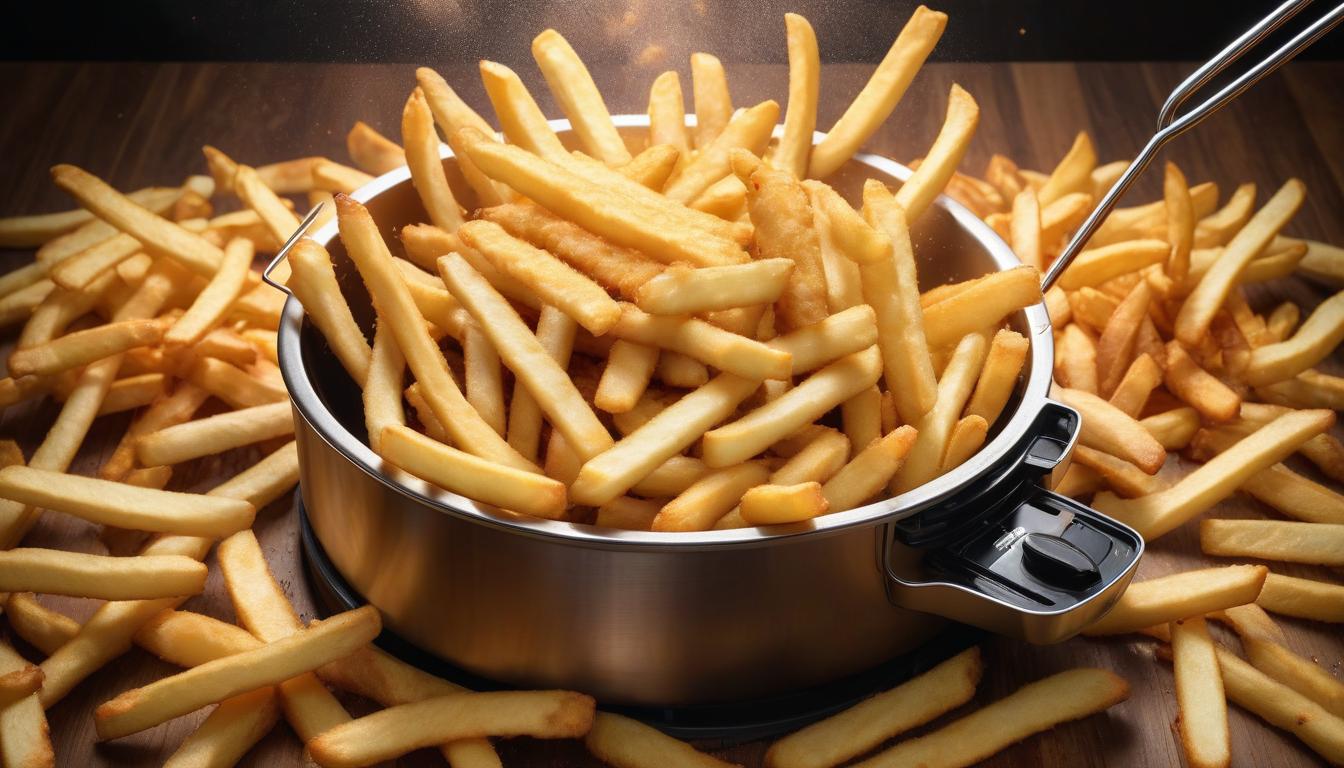
Overcrowding the Fryer
Adding too many fries at once lowers the oil temperature and leads to soggy fries. Fry in batches for the best results.
Not Drying Potatoes Properly
Skipping the drying step can result in greasy fries. Take the extra time to pat them dry thoroughly.
Storing and Reheating Leftover French Fries
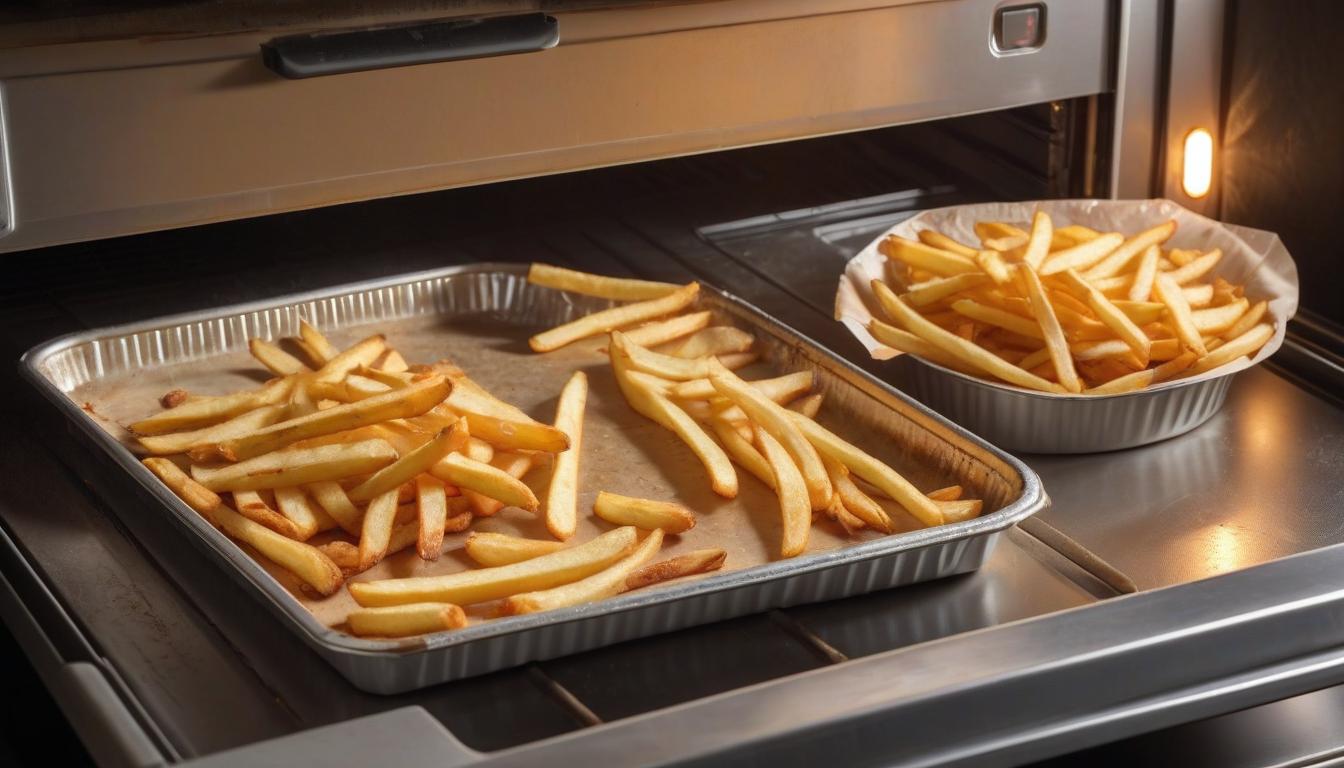
If you have leftover fries (which is rare!), store them in an airtight container in the fridge. Reheat them in the oven at 375°F for about 10 minutes to bring back their crispiness.
Conclusion
Making restaurant-quality French fries at home isn’t as hard as it seems. With the right techniques—like soaking, double frying, and seasoning right out of the fryer—you can enjoy delicious, crispy fries anytime you want. So grab some potatoes, heat up the oil, and get ready to impress everyone with your DIY French fries!
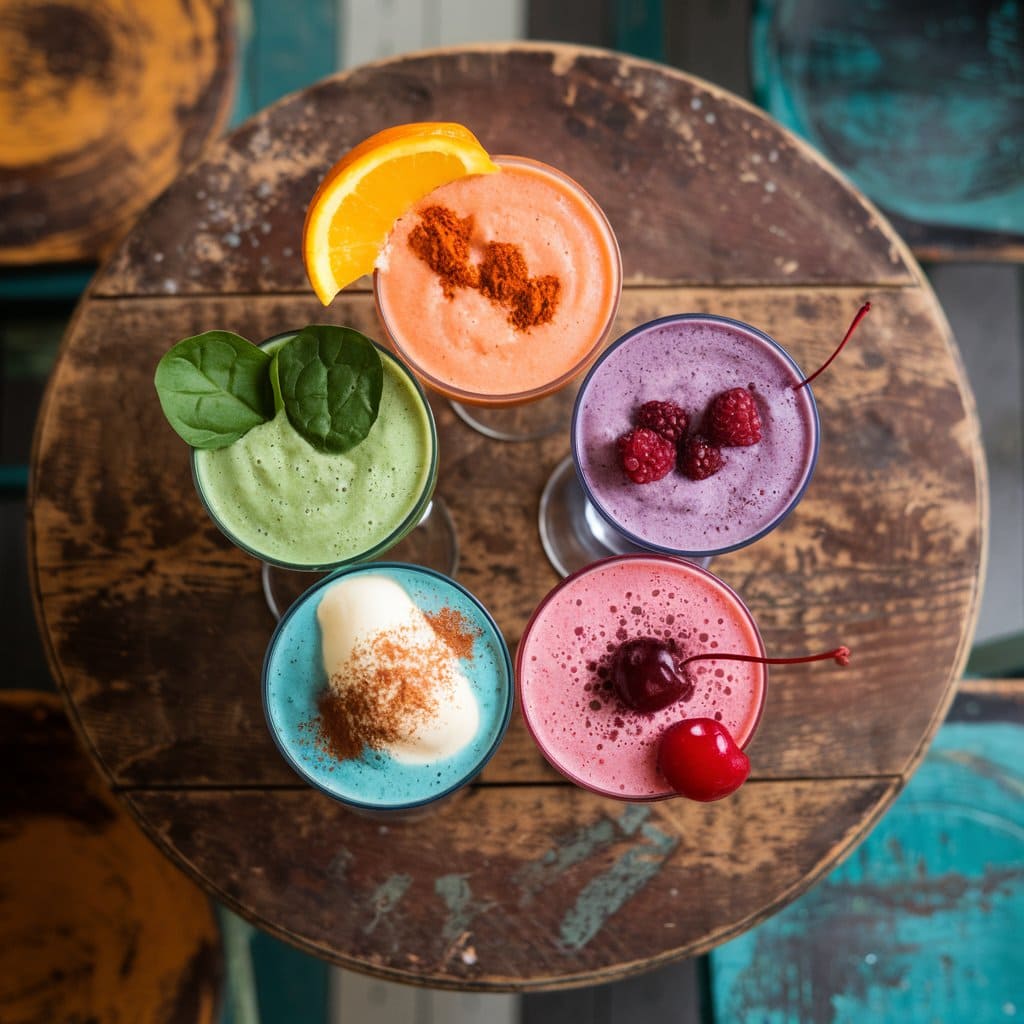
Don’t miss out! Read this post to get all the details on how to Blend It Like a Pro: 5 Smoothie Recipes That Will Boost Your Energy Levels!
FAQs
- Can I bake French fries instead of frying? Yes, baking is a healthier alternative. Just be sure to toss the fries in oil and spread them evenly on a baking sheet.
- How long should I soak potatoes for French fries? Soaking for at least 30 minutes is ideal, but you can soak them for up to 24 hours in the fridge.
- What’s the best oil for frying French fries? Peanut oil and vegetable oil are favored options because of their elevated smoke points.
- Can I freeze homemade French fries? Yes! After the first fry, freeze the fries on a baking sheet, then transfer them to a freezer bag.
- Why are my fries not crispy? This could be due to overcrowding the fryer, not drying the potatoes enough, or frying at too low of a temperature.

Welcome to Merge Blog!
Dive into quick, nutritious recipes, expert health tips, local food finds, and the latest in nutrition. Let’s explore healthier living together!

I’m Divya Bharathi, the person behind MergeBlog. I’m a passionate food enthusiast sharing simple, nutritious recipes and tips for a balanced lifestyle. Join me on this delicious journey!
Divya Bharathi
SUBSCRIBE & FOLLOW
MUST-READ ARTICLES
Join the Newsletter
Dive into quick, nutritious recipes, expert health tips, local food finds, and the latest in nutrition. Let’s explore healthier living together!
